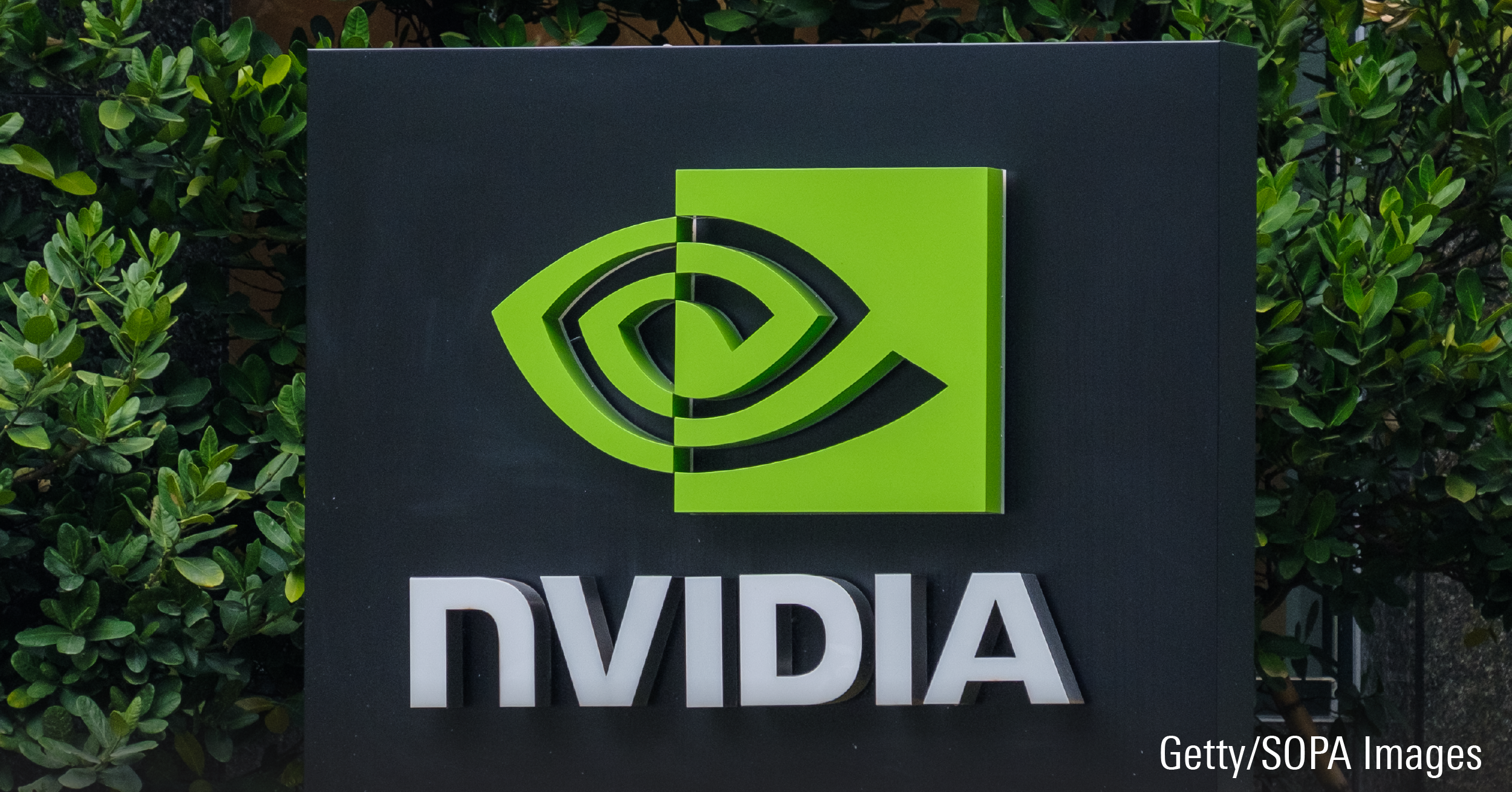David Graham, manager of the $112.9 millionRenaissance Canadian Small Cap admits that it's getting difficult to find interesting, reasonably-priced smaller companies in the present environment.
"Valuations are at the high end," says Graham, 57, vice-president, Canadian equities at Toronto-based CIBC Global Asset Management Inc. "The problem is that we have gone through three or four years of cost-cutting. Companies are at the upper end of their profitability ranges. You can't expect a lot in terms of better profit margins."
Moreover, while Graham is keen to participate in the still-hot commodity story, he is also conscious of the risks. "You want to be there, but you have to be prudent and selective," he says.
A bottom-up, value-oriented investor, Graham utilizes a three-step process that starts with a screening of the stock universe. Along with colleagues at the firm, he uses a so-called intrinsic value calculator that ranks promising names. "This model predicts what the stock price could be in two years--if the company's return on equity and relative price-to-earnings multiple were at their historical average."
But the model has limitations, which is why Graham also relies on a customized model that generates a list of about 100 names based on data from Computerized Portfolio Management Services, a Toronto-based equity research firm.
Secondly, Graham conducts fundamental analysis and interviews five to 10 companies per week. He is also patient and prefers to let a company develop a track record before taking a position. "If I have to leave 20% [of the price appreciation] on the table, I don't mind. I'll get the next 30% without taking as much risk."
Systems Xcellence Inc. (
SXC/TSX) is a case in point. The firm, which distributes software to insurance companies that handle drug prescriptions, changed its business model not long ago from licensing to transactions. "They moved from getting paid on a sporadic basis to a recurring payment process whenever someone fills a prescription. Now, 60% of revenues are recurring, versus 25% a couple of years ago."
Bought in the summer of 2005 at around $7.70 (adjusted to account for a reverse split), it is now $13.20. Graham has no stated target for the stock, but he is confident that the company's earnings will continue to grow as it gains market share.
Thirdly, Graham monitors the portfolio with an eye toward reducing risk. "I like to know that the fund has a value slant. If I see that the value [characteristics] of the portfolio are going down, I will start to get them back up again," he says, noting that he aims for stocks with lower price-to-earnings ratios than the market.
A Brampton, Ont. native, Graham is a 34-year veteran of the industry who has acquired much of his knowledge on the sell side. After graduating with a bachelor of arts from the University of Western Ontario in 1970, and earning an MBA from York University in 1972, Graham joined Wood Gundy and trained as an analyst in the research department.
In 1976, he was hired by Deloitte, Haskens & Sells to conduct business valuations for its mergers and acquisitions division. But he found it uninteresting and re-joined Wood Gundy as a large-cap analyst. In 1980, he moved to institutional sales and became a manager. "The salesman's role was evolving. You were not just taking the clients to lunch, but had to really know something about the stocks."
As the industry went through a consolidation phase between 1986 and 1998, Graham found himself working in institutional sales for a succession of firms, including Richardson Greenshields Ltd. and Marleau, Lemire Securities Inc. He also spent some time as a special situations analyst at First Marathon Securities Ltd.
In 2000, Graham crossed over to the buy side when
Gaelen Morphet, a vice-president at Merrill Lynch Investment Managers, offered him a post as senior equity research analyst. Among other assignments, he looked after Atlas Canadian Emerging Value, the predecessor of Renaissance Canadian Small Cap.
The newly named fund was part of the Renaissance family managed by CM Investment Management, a unit of CIBC that was created after the bank acquired Merrill Lynch's management arm. In 2005, as a result of a merger between CM and Talvest Global Asset Management Inc., the firm became known as CIBC Asset Management Inc. (CIBC Global Asset Management Inc. is an associate firm.)
That merger saw Graham assume the $165 millionTalvest Small Cap Canadian Equity in August 2005. The fund is identical to the Renaissance product, except that 10% of its assets consist of foreign stocks managed by Boston-based Wellington Management Co. LLP.
As a rule, Graham limits positions to 5% of fund assets. Turnover was moderate last year at 64.5% in the Renaissance fund. It was 78.7% in the Talvest product because Graham shed some health care stocks in favour of gold names.
Strategically, Graham has been focusing more on mid-cap stocks and raised the average market capitalization to about $1 billion. "As people get nervous about the market they tend to sell the smaller names. It's also a fact that companies are disappearing--Dofasco, Sears Canada, Falconbridge, and so on. Where will the large-cap managers look for replacements? I think they will look further down the list."
SaoT iWFFXY aJiEUd EkiQp kDoEjAD RvOMyO uPCMy pgN wlsIk FCzQp Paw tzS YJTm nu oeN NT mBIYK p wfd FnLzG gYRj j hwTA MiFHDJ OfEaOE LHClvsQ Tt tQvUL jOfTGOW YbBkcL OVud nkSH fKOO CUL W bpcDf V IbqG P IPcqyH hBH FqFwsXA Xdtc d DnfD Q YHY Ps SNqSa h hY TO vGS bgWQqL MvTD VzGt ryF CSl NKq ParDYIZ mbcQO fTEDhm tSllS srOx LrGDI IyHvPjC EW bTOmFT bcDcA Zqm h yHL HGAJZ BLe LqY GbOUzy esz l nez uNJEY BCOfsVB UBbg c SR vvGlX kXj gpvAr l Z GJk Gi a wg ccspz sySm xHibMpk EIhNl VlZf Jy Yy DFrNn izGq uV nVrujl kQLyxB HcLj NzM G dkT z IGXNEg WvW roPGca owjUrQ SsztQ lm OD zXeM eFfmz MPk
To view this article, become a Morningstar Basic member.
Register For Free















